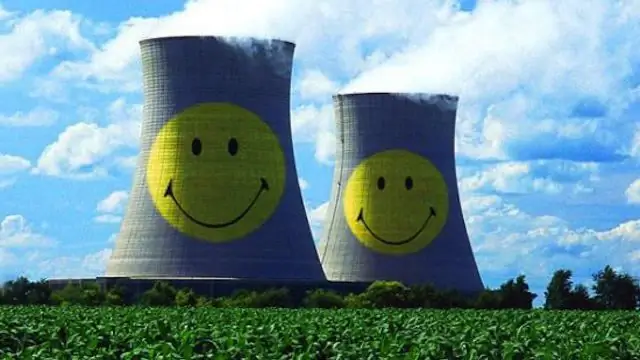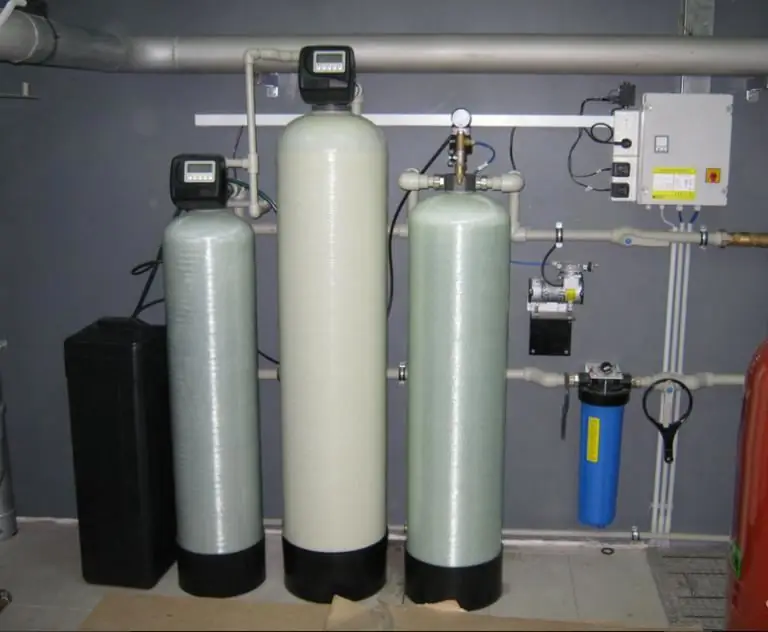2025 Author: Howard Calhoun | [email protected]. Last modified: 2025-01-24 13:10:31
The Eurasian Economic Union, which unites Russia, Belarus, Kyrgyzstan, Armenia, Kazakhstan and Moldova, has more than 50 chemical plants. Their work is based on a powerful raw material base, mainly on oil and gas produced on Russian territory. Among chemical enterprises, Vladimir, Ural, Gomel, Stupinsky and other plants stand out.

Vladimir Chemical Plant
VKhZ is one of the largest chemical plants in the Russian Federation. Launched in 1931, it produced phenol-formaldehyde resins, viscose, car battery tanks.
In 1937, a workshop for thermosetting acid-resistant plastic - faolite - was put into operation. On its basis, before the war, the first in the USSR production of polyvinyl chloride cable compound used for insulating wires was established. In 1947, specialists from the Vladimir Chemical Plant obtained a unique light-and-heat-resistant plastic compound suitable for use in any climatic zone - from the Far North to the deserts of Central Asia.
After the war, equipment for the production of various foams and cellulose acetate was delivered from Germany. In the late 1960s, the construction of a polyethylene terephthalate section began.
Today VHZ specializes in production:
- polyesters;
- PVC Compounds;
- polyethylene terephthalate film;
- unplasticized materials in sheet and granular form;
- fiberglass and other products.

Gomel Chemical Plant
Joint-Stock Company is the largest producer of phosphorus-containing fertilizers in Belarus. The company was founded in 1960 and at that time had the most modern equipment. In 1965, a workshop for the synthesis of sulfuric acid was launched. Over the next five years, installations for the production of nepheline flame retardant were commissioned.
The 70s became no less eventful. In 1970, much ahead of schedule, a workshop for concentrated complex-mixed fertilizers was launched. Four years later, equipment for the production of fluoride s alts, phosphoric acids and granulated ammophos was launched.
In 1978, for the first time in the Soviet Union, specialists from the Gomel Chemical Plant launched the production of sodium sulfite on an industrial scale. Ten years later, after modernization, the capacity of the shop increased to 30,000 tons annually.
After the collapse of the USSR, the need for chemical components dropped significantly. Since the 1990s, the focus of the enterprise has shifted towards the production of fertilizers, which are so necessary for the agriculture of the young republic. Today the main products of GHZ are:
- ammophos enriched with trace elements;
- nitrogen-potassium-phosphoruscomplex fertilizers;
- superphosphates;
- liquid fertilizer;
- fertilizer mixture;
- pesticides;
- sulfuric acid for various purposes;
- sodium sulfite;
- aluminum fluoride;
- phosphogypsum;
- electrolyte and other products.

Stupino Chemical Plant
Today SHZ is one of the ten largest manufacturers of household chemicals in the EAEU. However, the company began with the manufacture of reagents for processing photographs. Established in 1939, by the 1950s it had become the leading factory in the USSR for the production of fixers and developers.
With the end of the era of film photography, SHZ in 1998 refocused on the production of household chemicals. Modern equipment was purchased, and the team does not have enough experience. Quite quickly, the company's products filled the shelves of stores in Russia and the CIS. According to statistics, the Stupino Chemical Plant occupies up to 6% of the domestic market in a number of positions.
The enterprise has repeatedly achieved recognition at various exhibitions and competitions, won in the nomination "100 best goods of the Russian Federation". Among consumers, the products are known under the brands Five Plus, Sanfor, Sanita, Persol, Sanitary, Antinakipin and others.

Ural Chemical Plant
CJSC "Ural Chemical Plant" is located in Chelyabinsk. The company is engaged in the production and sale of a wide range of products:
- varnishes, paints;
- waterproofingcoatings;
- roofing materials;
- chemical raw materials;
- building materials.
Conclusion
The chemical industry is one of the most important industries in the country. Without its development, it is impossible to imagine scientific and technological progress. Chemical plants provide various enterprises, research centers, medical institutions, agriculture with chemical components, reagents, fertilizers. Significant volumes in the structure of production are finished products: varnishes, paints, household chemicals, rubber products, etc.
Recommended:
Nuclear power plants. Nuclear power plants of Ukraine. Nuclear power plants in Russia

Modern energy needs of mankind are growing at a gigantic pace. Its consumption for lighting cities, for industrial and other needs of the national economy is increasing. Accordingly, more and more soot from burning coal and fuel oil is emitted into the atmosphere, and the greenhouse effect increases. In addition, there has been more and more talk in recent years about the introduction of electric vehicles, which will also contribute to the increase in electricity consumption
The largest power plants in Russia: list, types and features. Geothermal power plants in Russia

Russia's power plants are scattered in most cities. Their total capacity is enough to provide energy for the entire country
What are chemical reactors? Types of chemical reactors

Chemical reactors are containers designed to carry out reactions in order to produce the final product. Their design depends on various factors and should provide maximum output in the most cost effective way
Aeration plants: definition, types, principle of operation, production plants and do-it-yourself tips

Installation of the aeration column provides for the connection of a sump so that it has two flushing modes - direct and reverse. Combined use allows you to wash the filter element more efficiently. It is better to take a bigger mud trap. Small filters become clogged within a short time and require frequent rinsing. It is better to use a glass flask
What is chemical metallization? Do-it-yourself chemical metallization

Chemical plating is a process called chromium plating. It is based on the reaction of the silver mirror. This effect allows you to achieve a brilliant coating on the surface of the product

